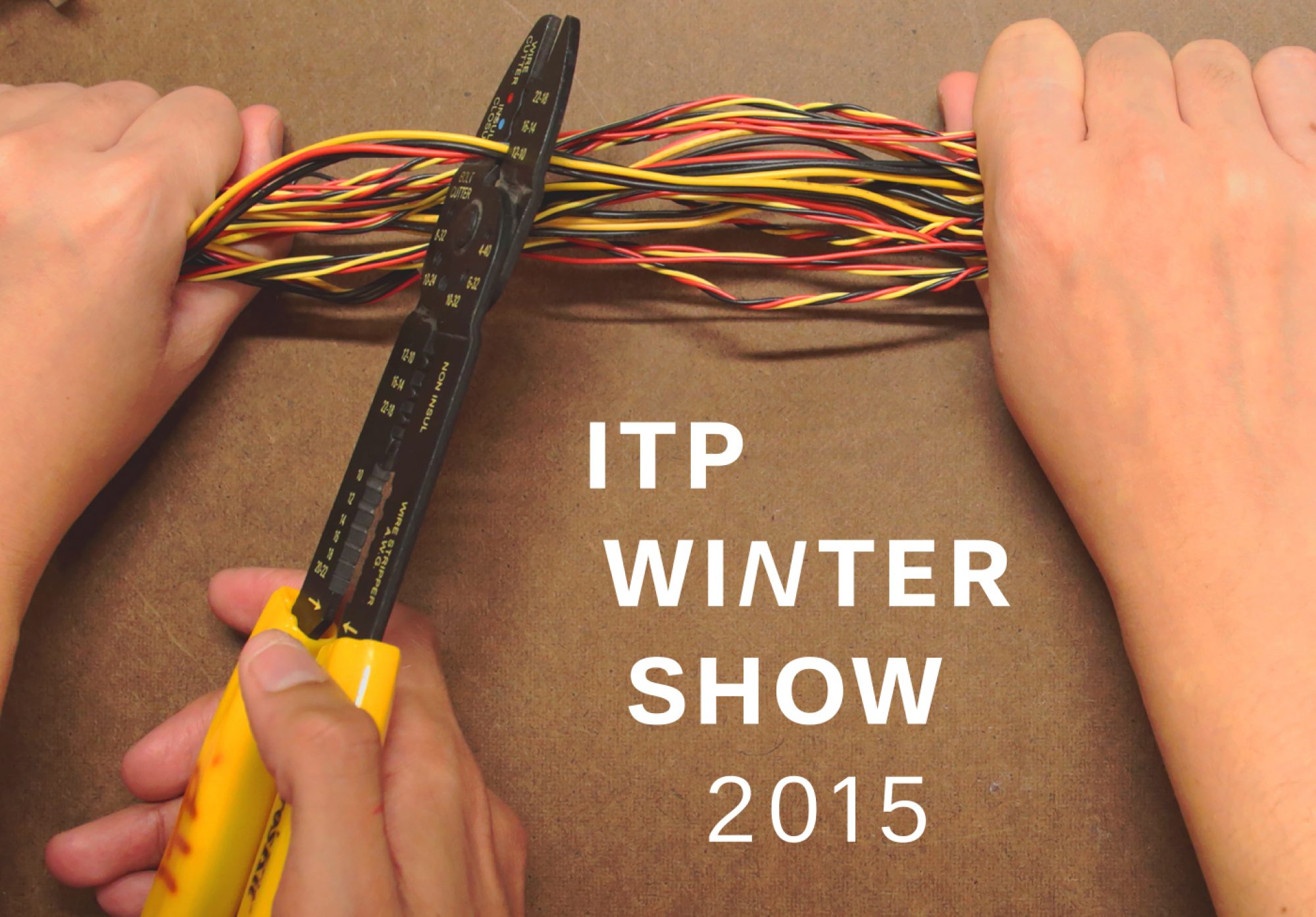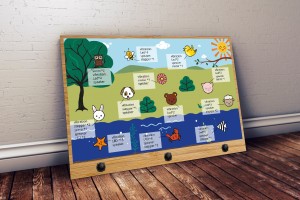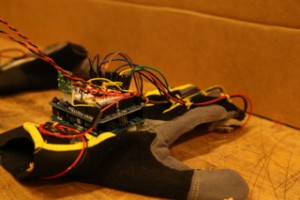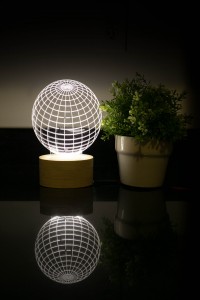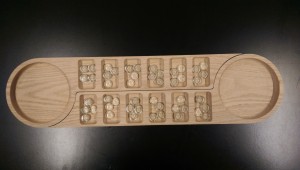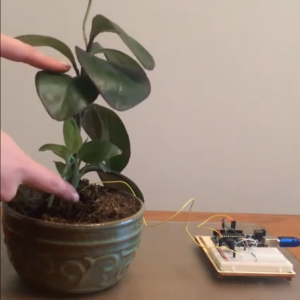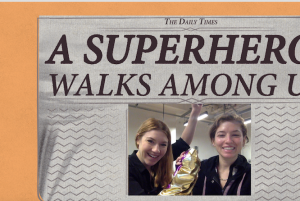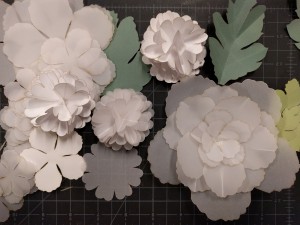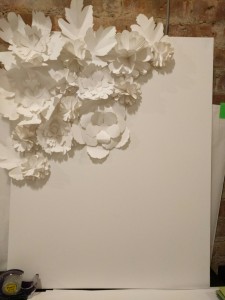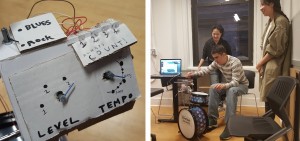Shaun Axani, Xi Liu
An interactive electronic board experience for children with disabilities to be exposed to all types of sensory feedback.
http://shaunaxani.com/2015/12/07/sensory-wall-updates-getting-close/
Description
For our assistive tech class, Xi Liu and I have worked with Strivright, a Brooklyn school for children ages 2-5 with hearing impairment. We have devised a sensory wall unlike any other. It's a large magnetic surface with an animation of the outdoors. There are many animals that are CNC routed out of wood, with graphics adhered to the front and magnets on the back. They can be placed anywhere on the magnetic surface, but when they're put in special places, they close circuits and there is an assortment of sensory feedback, including flashing lights, animal sounds, vibrations, and spinning tails and ears on stepper motors. We are getting all the printed designs back from the printers this week, and the custom circuit boards will be etched, so everything will start to look much more like the final product in the days ahead. I will update the video with more of the final content shortly.
Classes
Designing for Digital Fabrication, Developing Assistive Technologies, Homemade Hardware
